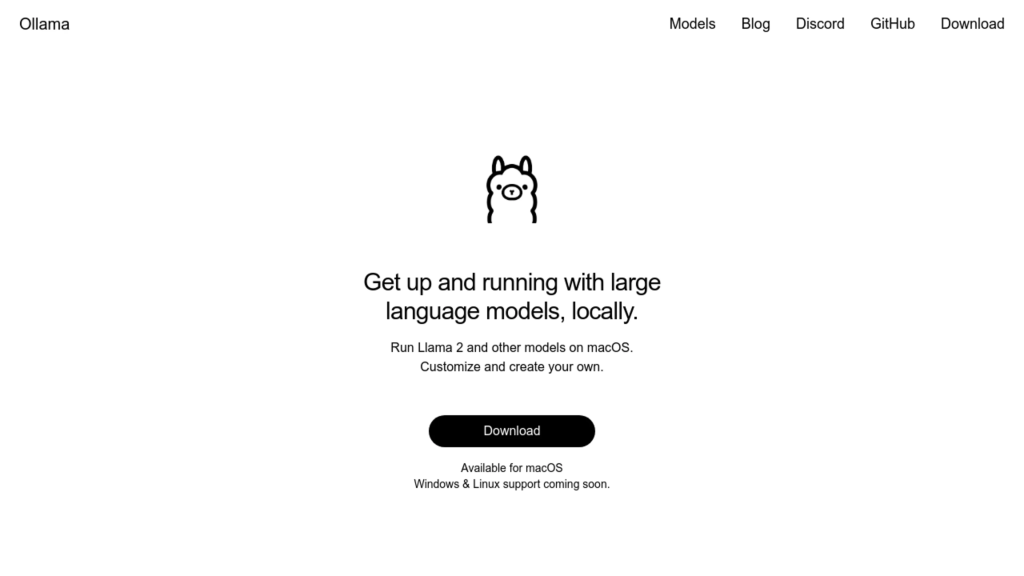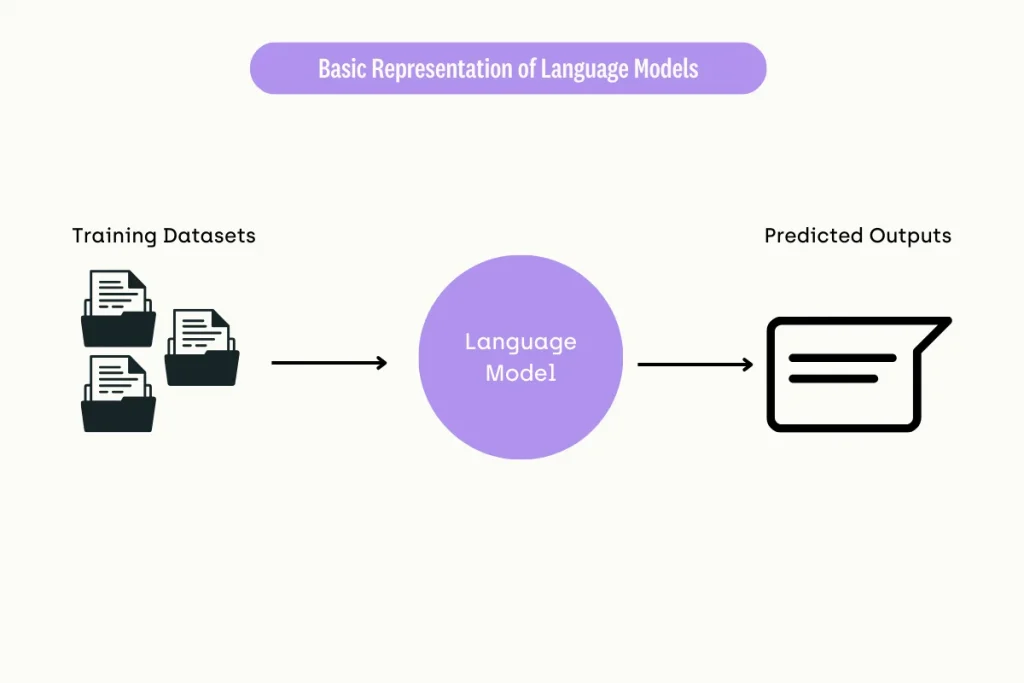In the swiftly evolving realm of artificial intelligence, an emerging trend is making waves: Small Language Models. These models are set to democratize AI technology, offering a cost-effective and accessible alternative for entrepreneurs and small to medium-sized businesses.
Small Language Models are transforming AI development by equipping entrepreneurs and smaller businesses with powerful, efficient, and specialized AI tools that were once exclusive to tech giants. This shift is leveling the playing field in AI innovation.
Understanding Small Language Models
SLMs are scaled-down versions of the massive AI models that have dominated recent headlines. While models like GPT-3 and GPT-4 boast hundreds of billions of parameters, SLMs operate with far fewer, ranging from millions to a few billion parameters. This reduction in size means SLMs are more specialized rather than general-purpose, focusing on specific tasks or domains. This specialization makes them more efficient and targeted in their applications.
Empowering Edge Computing

One of the most significant advantages of SLMs is their ability to run on devices with limited processing power, such as smartphones or IoT devices. This “edge computing” capability stands in stark contrast to larger models, which require powerful cloud infrastructure. This accessibility is a game-changer for entrepreneurs. Some SLMs can be deployed on a standard laptop using tools like Ollama, opening up a world of possibilities for integrating AI into various sectors. This democratization of technology allows startups with limited resources to compete with tech giants.
Affordable AI Solutions
Traditional large language models can cost millions to train and deploy, making them unattainable for many companies. In contrast, SLMs can be developed and deployed at a fraction of this cost. Their smaller size also means they consume less energy and have a reduced carbon footprint, lowering operational costs and making them attractive to businesses balancing innovation with fiscal responsibility.
Specialized Applications
The primary advantage of SLMs is their potential for domain-specific applications. While general AI models excel at a variety of tasks, SLMs can be tailored to perform exceptionally well in niche areas. For specific use cases, SLMs often demonstrate superior performance and faster training times compared to their larger counterparts. This specialization creates opportunities for entrepreneurs to develop highly focused AI solutions. By identifying underserved niche markets, developers can create tailored AI products that outperform general-purpose models in specific areas.
Addressing Ethical Issues
As AI becomes more pervasive, concerns about bias and fairness have increased. SLMs offer advantages in addressing these issues. Their smaller size and focused training data make them easier to audit and understand, providing more opportunities to scrutinize and improve them. Additionally, since some SLMs can be deployed locally without relying on cloud infrastructure, sensitive information can remain on the user’s device. This feature is particularly appealing to sectors like finance and healthcare, where data protection and privacy are paramount.
Opportunities for Entrepreneurs
The rise of SLMs creates numerous opportunities for entrepreneurs, as well as small and mid-size businesses.

- Lower Entry Barriers: The reduced cost of training and deploying SLMs allows small startups to compete with larger companies.
- Enhanced Performance: Local deployment of SLMs can result in faster response times, leading to smoother user interactions and improved customer satisfaction.
- Quicker Market Launch: Simpler deployment requirements mean AI products using SLMs can be developed and launched more quickly.
- Innovative Mobile and IoT Apps: SLMs enable the creation of AI-powered mobile apps or IoT solutions that don’t rely on constant cloud connectivity.
- Improved Privacy: Processing data locally on the user’s device is a major selling point in privacy-sensitive industries.
- Eco-Friendly Technology: Lower energy consumption aligns with the growing demand for environmentally sustainable AI technologies.
Future Outlook
As the AI landscape evolves, SLMs are poised to complement and even replace larger models in certain applications due to their specialization and cost-effectiveness. This shift offers businesses, especially entrepreneurs and SMEs, a chance to integrate AI without the high costs or technical challenges associated with larger models. While traditional large language models will remain important for tasks requiring broad knowledge and complex reasoning, SLMs will excel in specific, targeted applications. Embracing SLMs could lead to significant innovation and competition, allowing smaller companies to develop advanced AI solutions in areas once dominated by tech giants.
By leveraging the unique advantages of Small Language Models, entrepreneurs can create innovative, efficient, and targeted AI solutions. This has the potential to revolutionize various industries and democratize access to advanced AI capabilities.










